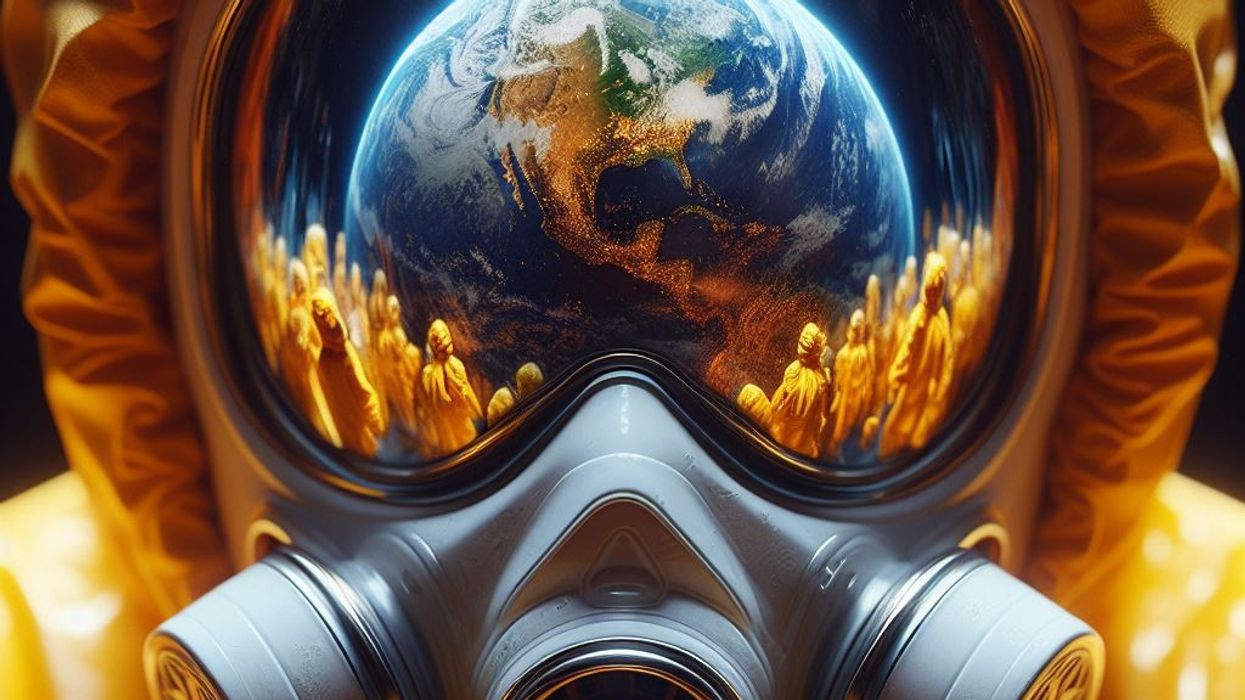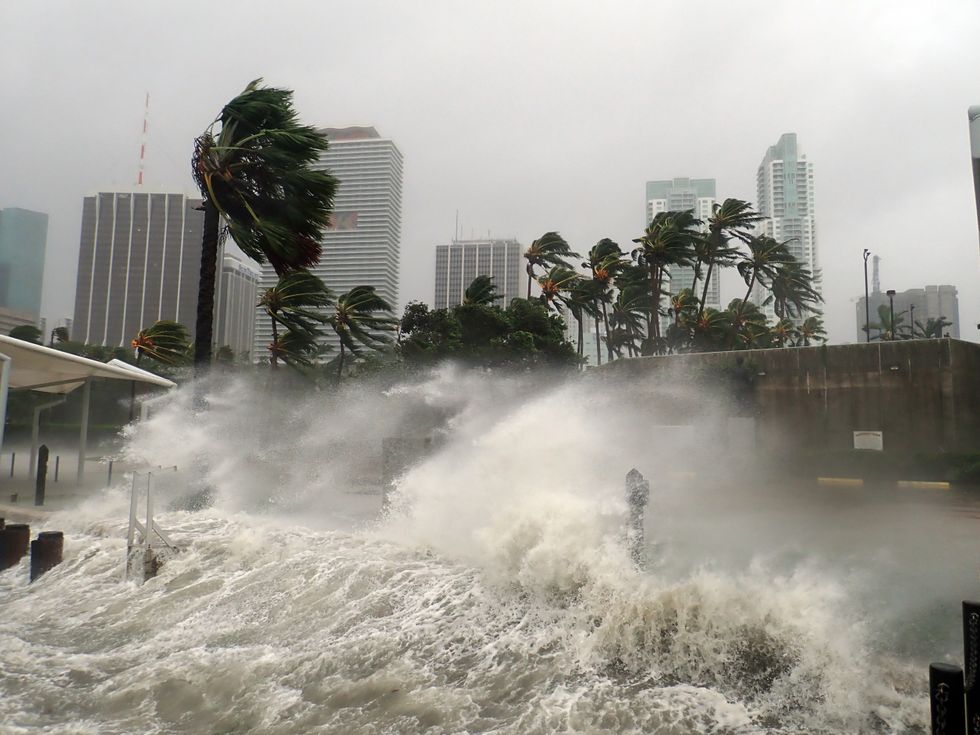The time to act is NOW, experts warn as wave of deadly viruses could unleash 'chaos for the whole world'

Climate change could unleash a wave of deadly viruses, experts warn
|Bing/DALL·E 3

- Climate change is changing the infectious disease landscape
- World must act now or face the consequences, experts warn
Don't Miss
Most Read
Climate change could unleash a cascade of deadly viruses that cause "absolute chaos" the world over, experts warn as they urge the medical community to prepare and take steps to combat global warming.
The experts point to the recent emergence and spread of harmful pathogens, many of which are transmitted from animal to human or from human to human - a trend that's being accelerated by climate change.
“Clinicians need to be ready to deal with the changes in the infectious disease landscape,” said lead author George R. Thompson.
Thompson, a professor at the UC Davis School of Medicine in the Department of Internal Medicine, Division of Infectious Diseases, and the Department of Medical Microbiology and Immunology said: “Learning about the connection between climate change and disease behaviour can help guide diagnoses, treatment and prevention of infectious diseases.”

Longer summers are also linked to more vector-borne diseases
|Getty Images
Infectious diseases can be caused by viruses, bacteria, fungi or parasites. Many of these diseases are transmitted from animal to human or from human to human.
One type of infectious disease is vector-borne diseases. They are caused by pathogens carried by vectors like mosquitoes, fleas and ticks. Some diseases caused by vectors are dengue, malaria and Zika.
Changing rain patterns are expanding vectors’ range and their active periods. Shorter, warmer winters and longer summers are also linked to more vector-borne diseases.
For example, diseases caused by ticks (like babesiosis and Lyme disease) are now occurring in the winter too. They’re also being found in regions farther west and north than in the past.
“We're seeing cases of tick-borne diseases in January and February,” said first author of the study Matthew Phillips, an infectious diseases fellow at Massachusetts General Hospital and Harvard Medical School.
“The tick season is starting earlier and with more active ticks in a wider range. This means that the number of tick bites is going up and with it, the tick-borne diseases.”
Another concern is malaria. The mosquitos that transmit the disease are expanding northward, a climate-induced change. Changing rain patterns have led to more mosquitos and a higher disease transmission rate.
“As an infectious disease clinician, one of the scariest things that happened last summer was the locally acquired cases of malaria. We saw cases in Texas and Florida and then all the way north in Maryland, which was really surprising. They happened to people who didn't travel outside the US,” Phillips said.
Zoonotic diseases, such as plague and hantavirus (carried by rodents), are also showing changes in incidence and location. The experts noted changes in animal migration patterns and natural ranges.
Due to their habitat loss, wild animals are coming closer to humans. With that comes a higher risk of animal diseases spilling over to humans and for new pathogens to develop.
The study, published in JAMA, also pointed to the emergence of new fungal infections, such as Candida auris (C. auris), and changes in the location of some fungal pathogens. For example, the fungal infection Coccidioides (also known as Valley fever) was endemic to hot, dry areas in California and Arizona. But Valley fever was recently diagnosed as far north as Washington State.
Changes in rain patterns and coastal water temperature can also affect the spread of waterborne diseases, such as E. coli and Vibrio. According to the team, the sea level is rising, and storm surges and coastal flooding that used to be rare or extreme events are happening more frequently.
LATEST DEVELOPMENTS

Storm surges and coastal flooding can affect the spread of waterborne viruses
|Getty Images
Medical community must step up
Over the last few years, infectious diseases, such as COVID-19, impacted the world enormously.
“They can spring up and cause absolute chaos for the whole world and then we kind of forget about them for a while. Yet, the epidemic and pandemic potential of infections really mandates that we stay involved with federal funding agencies and advisory groups to make sure that infectious diseases don't slip back too far on the public's radar,” Thompson explained.
The team called for stronger measures for infectious disease surveillance and urged medical educators to train clinicians to anticipate the changes in infectious disease patterns.
“It's not a hopeless situation. There are distinct steps that we can take to prepare for and help deal with these changes. Clinicians see first-hand the impact of climate change on people’s health. As such, they have a role in advocating for policies that can slow climate change,” Phillips said.










